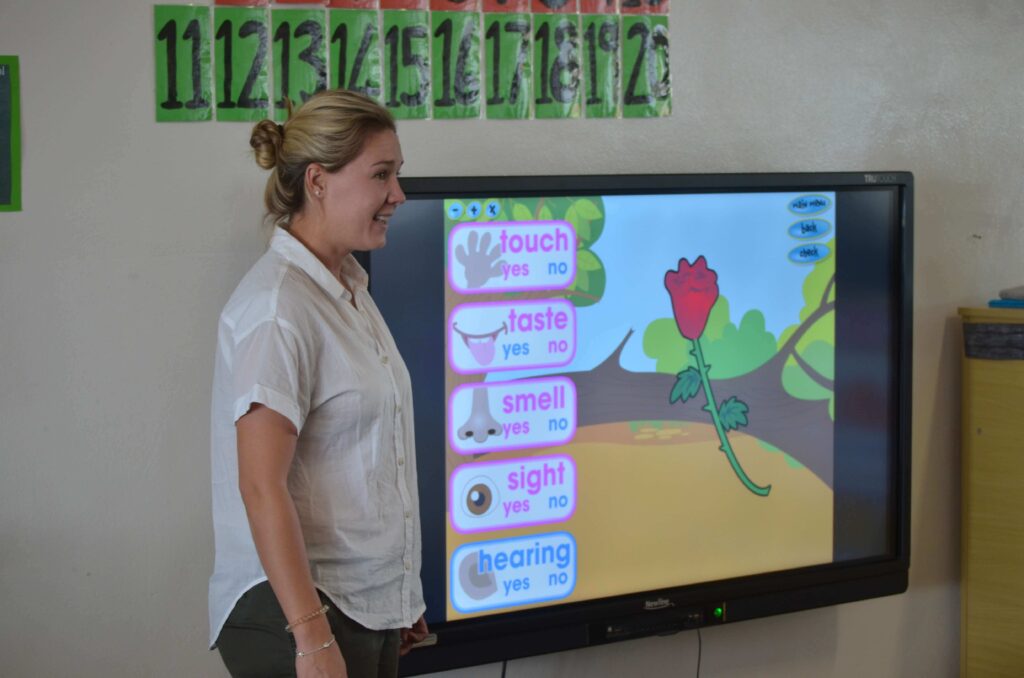
In the modern educational landscape, interactive smartboards have emerged as a pivotal tool for enhancing classroom engagement and facilitating a more dynamic learning experience. However, one common concern among Zimbabwean schools is the cost of implementing such advanced technology. The good news is that there are affordable solutions available that cater to a range of budgets without compromising on quality or functionality.
The Importance of Interactive SmartBoards in Education
Interactive boards bring a multitude of benefits to the classroom. They transform traditional teaching methods, making lessons more engaging and interactive. These digital tools allow teachers to integrate multimedia content, such as videos, animations, and interactive quizzes, into their lessons, which can cater to various learning styles and keep students more engaged.
Understanding the Cost Factors
The cost of interactive boards can vary based on several factors:
- Screen Size and Resolution: Larger screens with higher resolutions are generally more expensive. Schools need to consider the size of their classrooms and the typical number of students to choose an appropriately sized board.
- Features and Capabilities: Basic interactive boards that offer essential functionalities like touch interactivity and basic software are cheaper than advanced models with features like multi-touch capabilities, integrated speakers, and high-end software suites.
- Brand and Warranty: Established brands might come with a higher price tag, but they often offer better warranties and customer support. It’s essential to balance cost with the reliability and support services provided.
- Installation and Maintenance: Some interactive smartboards come with free installation services and minimal maintenance costs ( such as the ones we offer at The Future Store), while others might require additional expenditure for setup and upkeep.
Affordable Interactive Board Options
1. Entry-Level Interactive Whiteboards

For schools on a tight budget, entry-level interactive whiteboards are an excellent starting point. These typically feature basic touch interactivity and can be used with existing projectors. They are less expensive and still provide the essential interactive features needed to enhance classroom learning.
2. Portable Interactive Boards
Portable interactive boards are another budget-friendly option. These devices can be moved between classrooms and set up as needed. They usually connect to existing computers and projectors, converting any surface into an interactive space. This flexibility can be a cost-effective way for multiple classes to benefit from a single device.
3. Interactive Projectors
Interactive projectors are a cost-effective alternative to full-scale interactive boards. These projectors can turn any flat surface into an interactive display. They are generally more affordable than traditional interactive boards and offer similar functionalities, making them a great choice for schools looking to save on costs.
Funding and Grants
Zimbabwean schools can explore various funding opportunities and grants to acquire interactive boards. Some options include:
- Government Grants and Programs: Investigate if there are any government-sponsored grants or programs aimed at enhancing educational technology in schools.
- NGO Support: Non-Governmental Organizations often have initiatives to support educational technology in underprivileged areas. Schools can reach out to these organizations for assistance.
- Corporate Sponsorships: Partnering with businesses that have Corporate Social Responsibility (CSR) programs can also be a viable way to secure funding for interactive boards.
Maximizing the Investment
To ensure that the investment in interactive boards is maximized, schools should consider the following:
- Teacher Training: Providing adequate training for teachers is crucial. Teachers should be comfortable using the interactive boards and integrating them into their lesson plans.
- Regular Maintenance: Regular maintenance and updates are essential to keep the interactive boards functioning optimally. Schools should plan for periodic check-ups and software updates.
- Student Involvement: Encouraging students to actively participate in using the interactive boards can enhance their learning experience. Interactive boards can be used for group projects, presentations, and interactive lessons.
Conclusion
Interactive boards are no longer a luxury reserved for well-funded schools. With a variety of affordable options available, schools across Zimbabwe can now enhance their educational offerings and provide students with a more interactive and engaging learning experience. By carefully selecting the right type of interactive board and exploring funding opportunities, schools can ensure that they make a wise investment in their educational future.
Embracing technology in the classroom not only prepares students for the digital world but also creates a more dynamic and inclusive learning environment. The Future Store is dedicated to helping Zimbabwean schools find the best interactive board solutions to fit their needs and budgets, ensuring every student has access to cutting-edge educational tools.
